Cargando...
Recursos educativos
-
Nivel educativo
-
Competencias
-
Tipología
-
Idioma
-
Tipo de medio
-
Tipo de actividad
-
Destinatarios
-
Tipo de audiencia
-
Creador
Lo más buscado
-

Complete. Continental drift
EduBook Organización
- 4170 visitas
Explain the theory of continental drift by completing the text: The theory of drift suggests that million years ago, there was a single continent on the Earth called . Due to the movement of the…
-
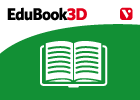
From the Caliphate of Cordoba to the taifas
EduBook Organización
- 4128 visitas
4.1. The Caliphate of Cordoba In 912, Abd ar-Rahman III became emir. He governed very well. By 929 he was powerful enough to declare religious independence and appoint himself caliph of Al-Andalus. He…
-
End-of-unit evaluation - The Animal Kingdom (II). Vertebrates
EduBook Organización
- 4078 visitas
There are around 50000 species of vertebrates, classified into five main groups: fish, amphibians, reptiles, birds and mammals. Fish are the most primitive group and they have the highest number of…
-
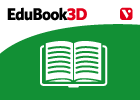
Activities - Work
EduBook Organización
- 4065 visitas
People need to work to live. We receive money for the work we do so that we can buy the things we need. Jobs help society to function well. There are many types of jobs. Some people produce food or raw…
-
Introduction - The Animal Kingdom (II). Vertebrates
EduBook Organización
- 4051 visitas
There are around 50000 species of vertebrates, classified into five main groups: fish, amphibians, reptiles, birds and mammals. Fish are the most primitive group and they have the highest number of…
-
End-of-unit activities - Obtaining and using energy
EduBook Organización
- 4057 visitas
Energy drives the Universe and is part of all the changes which take place on Earth. The Sun is our main source of energy. Without it, there would be no life and most other sources of energy would not…
-
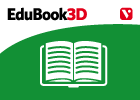
Air and life
EduBook Organización
- 4031 visitas
We need air to breathe Humans and other animals that live on land need air to live. When we breathe, we take oxygen from the air. With this oxygen and with the food we eat, our body has the energy it…
-
End-of-unit evaluation - The Hydrosphere
EduBook Organización
- 4024 visitas
The hydrosphere is the part of the Earth where water can be found. This water includes oceans, seas, rivers, lakes, snow, ice, groundwater and water vapour in the atmosphere. The Earth is the only…
-
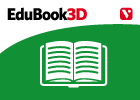
Introduction - The tertiary sector
EduBook Organización
- 4000 visitas
The tertiary sector is the largest economic sector in MEDCs. It includes a wide variety of services, such as healthcare, trade, transport and tourism. Trade (the buying and selling of goods) is an…
-
Remember - Obtaining and using energy
EduBook Organización
- 3995 visitas
Energy drives the Universe and is part of all the changes which take place on Earth. The Sun is our main source of energy. Without it, there would be no life and most other sources of energy would not…
Te estamos redirigiendo a la ficha del libro...












